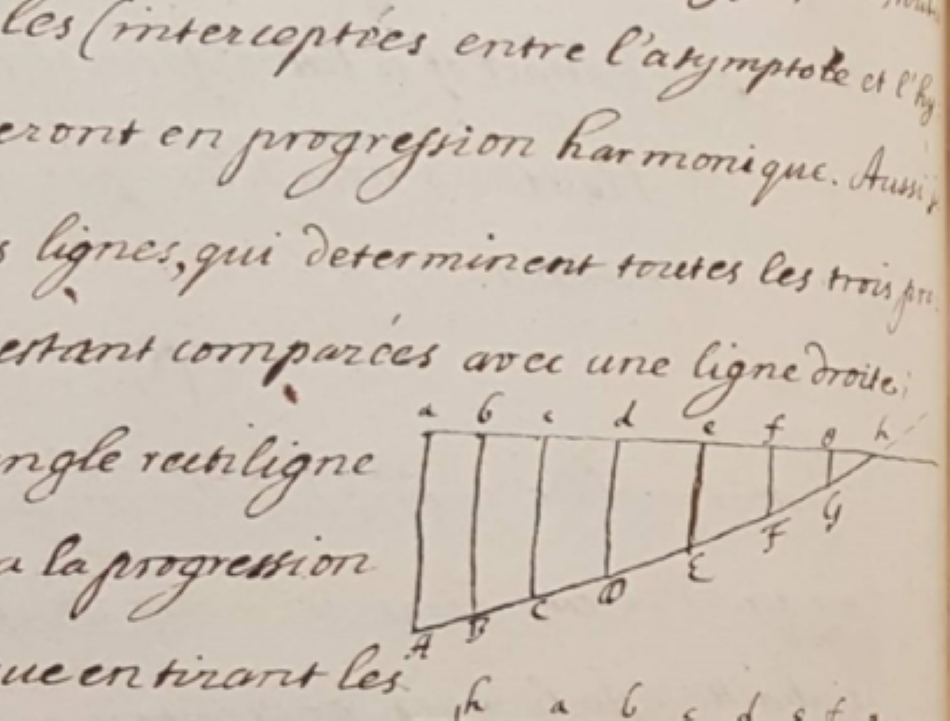Case study: Adam Fix
I am currently an instructor at the Program in the History of Science, Technology, and Medicine at the University of Minnesota, where I obtained my PhD in 2019.

Project summary “What Exactly Was the Early Modern Science of Music?”
My project explores the relationships between music, mathematics, and physical science during the confluence of two transformative historical eras: the scientific revolution (1543–1700) and the Baroque period of art and music history (1600–1750). Music in the early modern world was inseparable from the sciences and offers a rich case for unraveling the profound tensions between theoretical mathematical sciences and practiced arts. I argue that music, understood as a kind of “sensible mathematics,” fostered early experimental and physical sciences through a unification of mathematical and empirical traditions, taken as a hallmark of the scientific revolution and the rise of ‘modern’ science more generally.
Research activity
I presented a paper at the 2019 meeting of the “Scientiae: Disciplines of Knowing in the Early Modern World” research group, held in Belfast that June. My paper, entitled “What Exactly Was the ‘Science of Music’?”, surveyed the myriad ways historians have defined music as a science in early modern times, with a focus on music in the scientific revolution of the seventeenth century. The second leg of my trip was a research visit to the Royal Society Library, where I viewed rare archival sources concerning seventeenth- and eighteenth-century musical science and acoustics. The aim of this visit was to gather sources on British musical science and juxtapose them with French and Italian sources that I have investigated previously.
Research findings
Of particular interest at the Royal Society archive were several letters concerning the “Speaking Trumpet” designed by English engineer and mathematician Samuel Morland (1625–95). Many scholars had many different angles of interest on Moreland’s Speaking Trumpet. Some natural philosophers referenced the parallels between Moreland’s Trumpet and the telescopes of Galileo and Newton. Others saw an intriguing connection between the construction of the trumpet and the musical harmonic series. The hyperbolic shape of the trumpet contained the fractions ½, ⅓, ¼, etc., which correspond to harmonic intervals used in music. Pardies especially suspected that a study of the Speaking Trumpet might reveal the natural cause of musical consonance and elucidate music’s connection to the then-nascent science of acoustics. These sources revealed that music and acoustics factored heavily into early research at the Royal Society. Sound was an illustrative case study for the new physico-mathematical and experimental sciences and played a crucial yet often-overlooked role in the scientific revolution.
Another source I examined was an anonymous essay titled “On Innate Sounds and Colours.” It recorded a series of experiments on sounds produced when applying pressure to one’s ears, or colours seen when pressing against one’s own eyes. This essay has thus far been unpublished and overlooked by historians of acoustics and optics. It offers unique insights into the internal and human dimension of sound at a time when music theory and acoustics were increasingly seen as distinct subdisciplines. This document is also an illustrative example of the eighteenth-century practice of ‘self-evidence,’ whereby natural philosophers used their own sensations and experiences to make scientific arguments and establish their credentials as knowers of nature.
Research outputs
This research occurred too late to factor significantly in my dissertation. However, I plan to write and submit for publication an article based on this work in the coming year. I will submit this article for publication in the Notes and Records of the Royal Society. I hope that my article will shed light on the central role of music and acoustics during the early years of the Royal Society. I also plan to include transcriptions and translations of any previously unpublished documents that I consulted during my research visit. Overall, this research provided invaluable materials for my studies of the shifting relationships between music theory and acoustics during the later stages of the scientific revolution. I hope that this research will factor into my current book project on seventeenth- and eighteenth-century musical science and acoustics.
